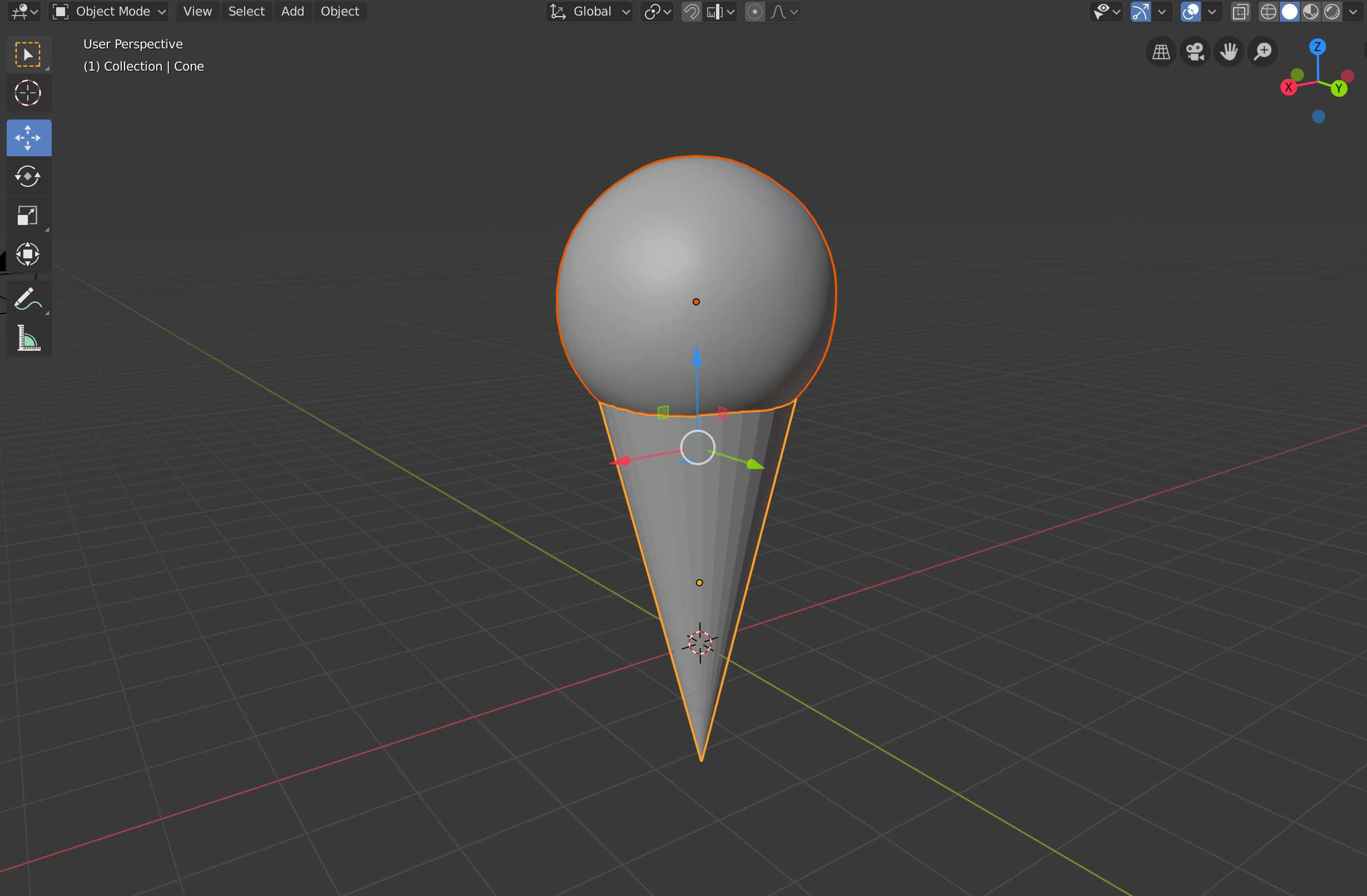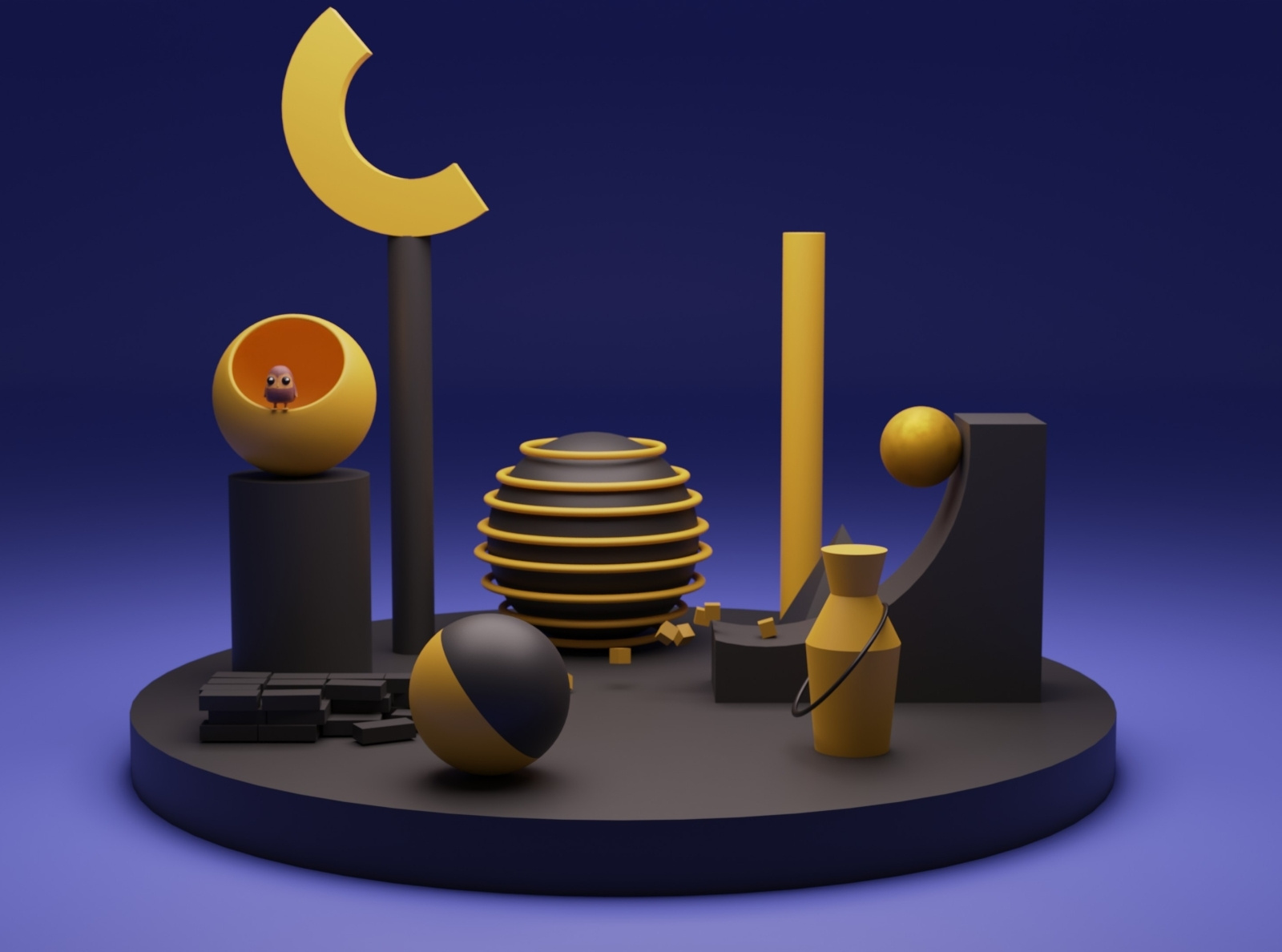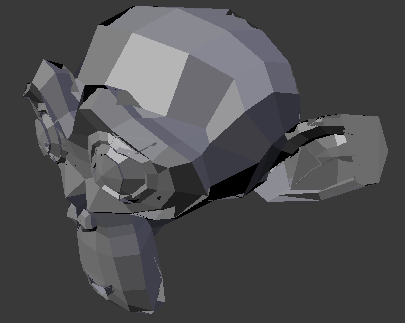
We can use these extra coordinates to tell where in the 2D world the 3D object is. But for the objects geometry we add two more coordinates. We have the X, Y and Z coordinates in the 3D world. UV Mapping is essentially giving the geometry of the object two extra coordinates. This is the most common type of mapping for image textures. Two for image textures and two for procedural textures. There are four main ways that we map textures. Related content: Top 10 material libraries for Blender artists Different methods for putting the texture on the object You can check out this article to find a lot of texture-based materials. These two kinds of textures need a material but use different mappings between the texture and the object. In fact, many consider it to be the future of texturing. Some examples of procedural textures are gradients, different kinds of noises and voronoi patterns.ĭon't be fooled though, we can create very realistic textures with the procedural method. Often a black and white pattern or with very elaborate colors. These programs can generally output image textures that we can plug into Blender.Ī procedural texture is a mathematical operation that creates some kind of pattern.

There are also more specific tools dedicated to creating textures. It can be any photo or image made in a 2D image application like photoshop. We already touched on image textures in the introduction. When working with 3D we come across two kinds of textures. We will not go in-depth into this here, but we need to make sure that we distinguish between modes where we can view textures and where we cannot. To make things a bit more complicated, there are also different view modes and render engines in Blender. A material and some way of mapping the texture to the object. There are two components between the object and the texture. In the introduction example this is already setup for us as part of the default scene. Why is the texture rotated the way it is and why is only part of the texture applied to each side?Įssentially, we need a way to make a connection between the texture and the object. How do we know that we add the texture to the cube? What if we have multiple objects, how do we know what object the texture is applied to? However, there are many questions that we haven't yet asked or answered. Under the hood though, much is already setup for us. In the introduction we started with a very simple example. It also help you to easily bring in and adjust materials.Įxternal content: Blendermarket, Extreme PBR Evo 1100+ materialsīut let's now get on with how we can add a texture to our objects in Blender. We will also widen what we know about different kinds of textures, other mapping methods and get into some basics of materials.īut if you don't have a material to add in the first place, the Extreme PBR Evo add-on is a great place to start. In the rest of this article, we will take a close look at how this all works using image textures and how we can change how the texture gets mapped to the cube. In most cases, this is what we need to add a texture to an object and see it: We can now see the texture on the default cube. Click and drag the yellow dot on the new image texture node and drop it on the yellow dot named "Base color" in the "Principled BSDF" node.

BLENDER 3D OBJECTS HOW TO
How to add a texture in Blender? Go to the shading tab, drag and drop an image texture into the lower portion of the interface.

I also want to expand on just adding a texture so that you can do simple adjustments when needed. In this article I explain how to use textures in Blender in the simplest way I can.


 0 kommentar(er)
0 kommentar(er)
